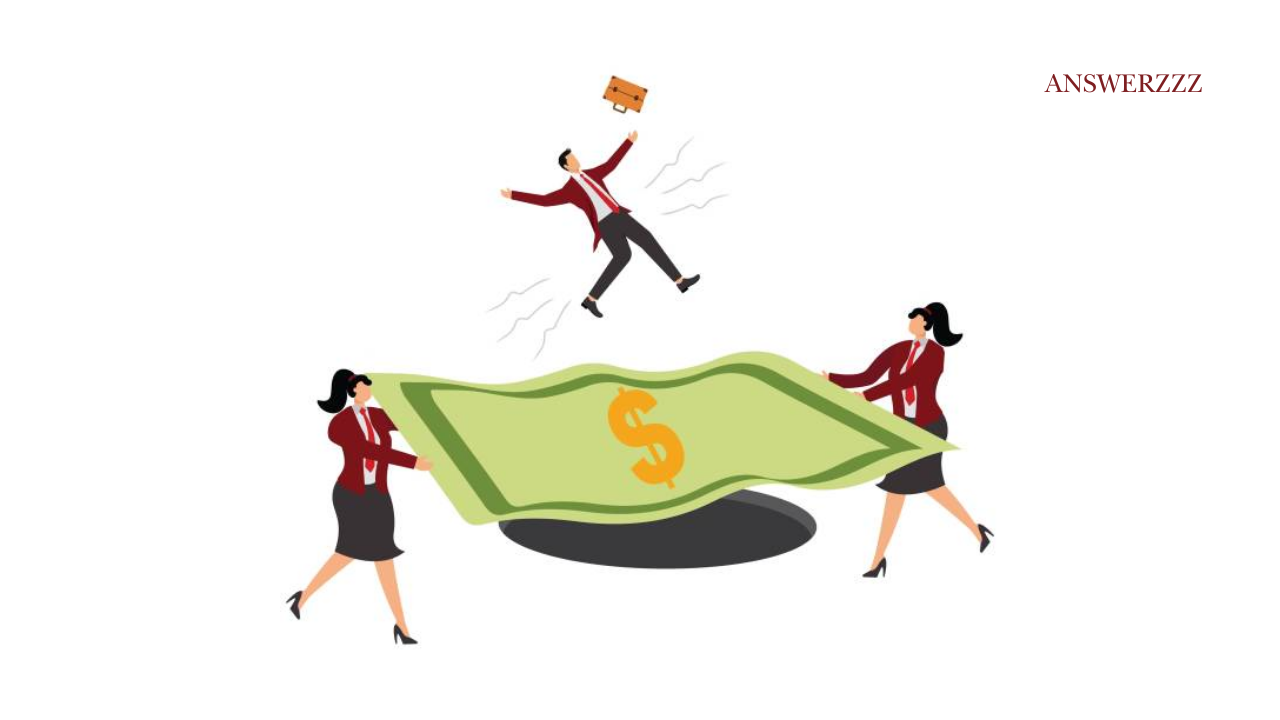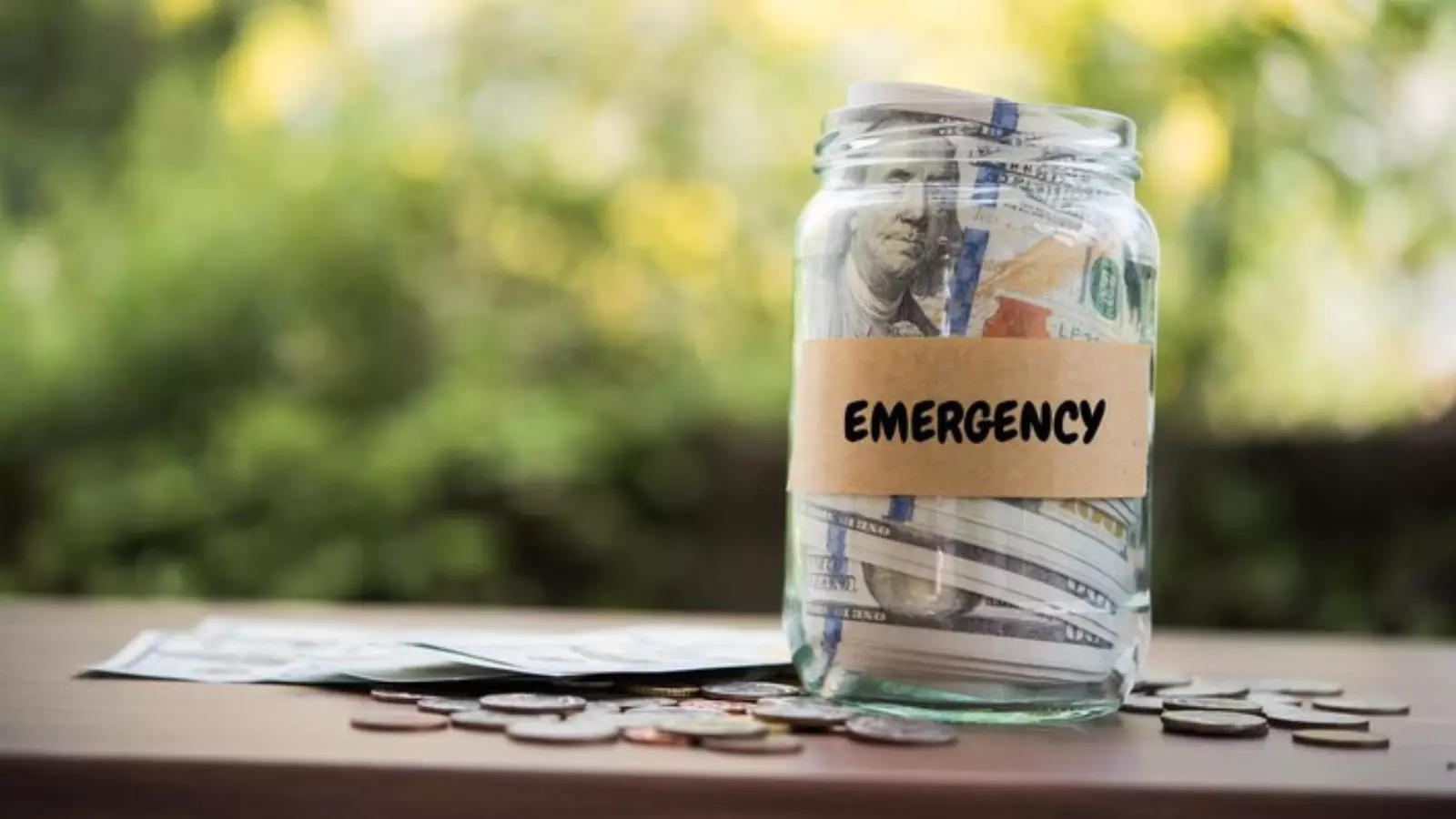In an unpredictable world, one of the most important steps you can take toward financial stability is building an emergency fund. Whether you’re facing a sudden job loss, a health emergency, or unexpected repairs, having a financial safety net can provide peace of mind and help you weather any storm. In 2025, with inflation rising and economic uncertainties looming, the importance of a robust emergency fund has never been more critical. This guide provides essential tips for building and managing your emergency fund effectively.
What is an Emergency Fund and Why Do You Need One?

An emergency fund is a set amount of money you set aside to cover unforeseen expenses. These expenses are typically urgent and unexpected, like medical bills, car repairs, or even a sudden job loss. An emergency fund is not meant for planned expenses like vacations or home improvements but rather as a buffer for life’s curveballs.
Why is it so important?
- Peace of Mind: Knowing that you have funds available in case of emergency can reduce stress and improve mental well-being.
- Avoid Debt: Without an emergency fund, you may resort to credit cards or loans when life throws you a financial curveball, leading to debt accumulation and financial strain.
- Financial Stability: Having an emergency fund ensures that you can maintain your lifestyle even when an unexpected financial challenge arises.
How Much Should You Save in Your Emergency Fund?
The amount of money to keep in your emergency fund depends on several factors, including your monthly expenses, lifestyle, and financial goals. Generally, experts recommend saving three to six months’ worth of living expenses. This figure accounts for covering basic needs such as rent, utilities, food, transportation, and other essential costs.
However, the amount needed may vary:
- Single Individuals: If you live alone and don’t have many dependents, saving three to four months’ worth of expenses might be sufficient.
- Families or Households: If you have dependents or multiple income sources, it’s advisable to save six months or more to cover the whole family’s needs in case of unexpected financial hardship.
- Self-employed or Freelancers: Those who work for themselves might need to save more, as their income is typically more irregular than a salaried job.
Consider factors like job stability, health conditions, and personal responsibilities when deciding on an exact amount for your emergency fund. The goal is to have enough savings to cover you until your financial situation stabilizes or you find a new source of income.
Where Should You Keep Your Emergency Fund?
Once you’ve decided how much to save, the next question is where to keep your emergency fund. The ideal place is somewhere you can access quickly without penalty, but not so easily that you’re tempted to dip into it for non-emergencies.
Here are some common options:
- High-Yield Savings Accounts: A high-yield savings account at a reputable bank is one of the best places to store your emergency fund. You’ll earn interest while still having easy access to your money when needed.
- Money Market Accounts: Similar to savings accounts, money market accounts often offer slightly higher interest rates. They are a good option if you want a safe, liquid place for your emergency fund.
- Certificates of Deposit (CDs): While CDs offer higher interest rates, they often lock up your money for a specific period, making them less ideal for emergency funds. They might be useful if you have a portion of your fund that you don’t anticipate needing for some time.
- Cash: For some people, keeping a small amount of cash in an easily accessible location is a backup plan. While not ideal for large amounts, cash can be useful in emergencies where access to banks or ATMs is unavailable.
It’s essential to balance access to your funds with the ability to earn some interest. Avoid investing your emergency fund in stocks, bonds, or other high-risk assets that may fluctuate in value.
Tips for Building Your Emergency Fund in 2025
- Start Small, But Start: If you’re starting from zero, the idea of saving three to six months’ worth of expenses may feel daunting. Instead of trying to save the entire amount right away, aim for smaller, achievable goals. Start by saving a few hundred dollars and gradually increase your savings each month. Before you know it, you’ll have built a solid foundation.
- Automate Your Savings: One of the easiest ways to build an emergency fund is to automate your savings. Set up a direct deposit from your paycheck or automate transfers from your checking account into your emergency fund. This takes the decision-making out of the equation and ensures consistent savings without requiring effort on your part.
- Cut Non-Essential Expenses: In 2025, economic pressures are likely to continue with inflation affecting the cost of goods and services. Look for areas where you can trim your budget. Cutting back on things like dining out, entertainment subscriptions and impulse purchases can free up extra money to contribute toward your emergency fund.
- Increase Your Income: If you’re able, consider finding additional ways to increase your income. Freelancing, selling unused items, or starting a side hustle can all provide extra cash to put toward your emergency fund.
- Use Windfalls Wisely: Tax returns, bonuses, and other windfalls offer a great opportunity to make a substantial deposit into your emergency fund. Rather than spending it all on luxury items, allocate a portion to your emergency fund to accelerate your progress.
- Reevaluate and Adjust Regularly: Your life circumstances will change, and so will your financial needs. Periodically review your emergency fund goal and adjust it based on life events like getting married, having children, or changing jobs.
How to Use Your Emergency Fund Wisely
Having an emergency fund is one thing, but knowing when and how to use it is just as important. It’s essential to only tap into your emergency fund for true emergencies. Here are a few scenarios where you might need to use your emergency savings:
Retirement Planning in 2025: Tips for Building a Secure Future
- Job Loss: If you lose your job, your emergency fund can cover your living expenses while you search for new work.
- Medical Emergencies: Unexpected medical bills, surgeries, or hospital visits can be costly. Your emergency fund can help you manage these expenses without going into debt.
- Home or Car Repairs: Appliances breaking down or your car needing significant repairs are typical emergency situations. Having funds set aside can prevent you from going into debt to pay for these issues.
- Unexpected Travel: In cases of family emergencies, such as a death or serious illness, you might need to travel unexpectedly. Your emergency fund can cover the travel costs without disrupting your financial stability.
However, it’s important to distinguish between true emergencies and non-urgent expenses. For example, a weekend getaway or a home renovation project are not emergencies. These types of expenses should not be covered by your emergency fund.
Emergency Fund vs. Other Financial Goals
While building an emergency fund is a critical component of financial stability, it’s essential to balance this goal with other financial objectives. Some may wonder if they should focus on building an emergency fund first paying down debt or saving for retirement. Here’s a general guideline:
- Emergency Fund First: Prioritize your emergency fund over debt repayment if you don’t already have one. A fund can help prevent you from falling into more debt during an emergency.
- Debt Repayment: Once your emergency fund is up and running, it’s time to focus on paying down high-interest debt like credit cards. After addressing emergency savings and high-interest debt, you can then prioritize other financial goals like retirement.
- Retirement Savings: While it’s important to save for retirement, do not neglect your emergency fund in favour of contributing to retirement accounts. Having both a safety net and retirement savings is essential for long-term financial health.
The Importance of Regularly Replenishing Your Emergency Fund
Life is unpredictable, and even after building a solid emergency fund, it’s essential to replenish it if you need to dip into it. If you face an emergency, make it a priority to restore the fund to its target level as soon as possible. This can be done through regular deposits or by cutting back on discretionary spending.
In 2025, as financial challenges evolve and inflation continues to affect everyday costs, having a financial safety net has become more critical than ever. By building a solid emergency fund, you’re taking proactive steps to protect yourself and your family against the uncertainties of life. It requires discipline, patience, and strategy, but the peace of mind and security it offers will be worth the effort. Whether you’re just getting started or looking to fine-tune your strategy, these tips will help you create a robust financial safety net that can see you through whatever life throws your way.
Mastering Credit Scores: Tips for 2025 to Boost Your Financial Health





